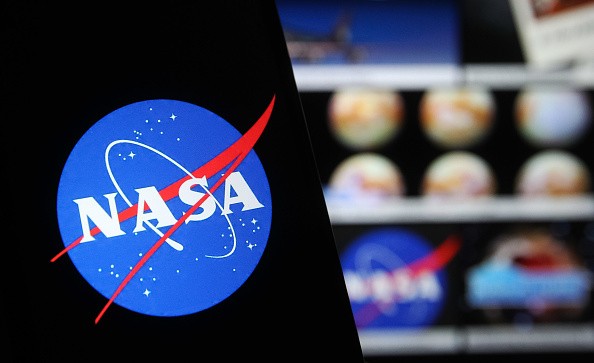NASA's upcoming Artemis moon mission is not, by all means, going to be cheap.

The agency has bared its plans to spend as much as $93 billion on Artemis until at least 2025, according to Space.com. This figure comes from the most recent audit by the NASA Office of the Inspector General (OIG).
Furthermore, the OIG also estimates that NASA must spend around $4.1 billion for every single launch.
The launch price tag covers both the Space Launch System (SLS) modular rocket and the Orion crew capsule. These two are considered core components of the Artemis moon mission.
This latest estimation has gone up, further making it clear that NASA's plans for Artemis have gone through multiple rising costs.
Initially, the agency only estimated they'd spend around $86 billion on Artemis within the same time frame, according to SpaceFlightNow.
The increasing costs of sending humans back to the moon are born of new technical challenges. In a report by CBS News, various technical risks combined with "unrealistic" schedules are the main culprits driving up the price tag.
In comparison, the earliest moon missions in the Apollo program cost roughly $25.8 billion during its heyday, writes Planetary.org.
Don't brush off that cost, however. Because if you adjust it for inflation, Apollo's $28.5 billion price would cost over double that of the Artemis moon mission at $263.8 billion.
Considering that NASA's average yearly budget is north of $23 billion a year, they're basically going to have to pinch pennies. The thing is, penny-pinching is never good when you're talking about landing human crews on the moon.
NASA Artemis Mission At A Glance
While you may think that Artemis is a relatively new program in development, NASA has apparently been at it for a decade now. And as such, needed to spend to keep things going up to today.

As per the original Space.com report, development on the upcoming moon mission actually started back in 2011 with the Orion capsule and SLS rocket. As such, it's important to note that the NASA OIG's estimate of $93 billion involves an entire decade of expenses. It's not a one-time big-time investment.
Furthermore, NASA is separating the entire Artemis program into multiple stages. There will be a total of three different launches.
Artemis 1 (February 2022) will be launching the so-called Mega Moon Rocket with the Orion capsule attached to it.
Artemis 2 (May 2024) will be the first crewed launch, though these people won't be the actual astronauts landing on the moon.
Artemis 3 (2024) launches the same year, and will be the final mission to actually land humans on the moon for the first time since December 1972.
With multiple launch stages and billions of dollars worth of tech to develop, it's easy to see why Artemis would cost that much. It would be the first time in almost five decades that humans will be setting their actual feet on another world.
This article is owned by Tech Times
Written by RJ Pierce
ⓒ 2025 TECHTIMES.com All rights reserved. Do not reproduce without permission.




